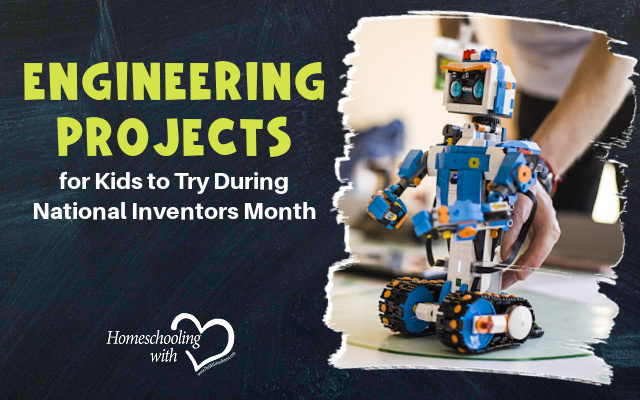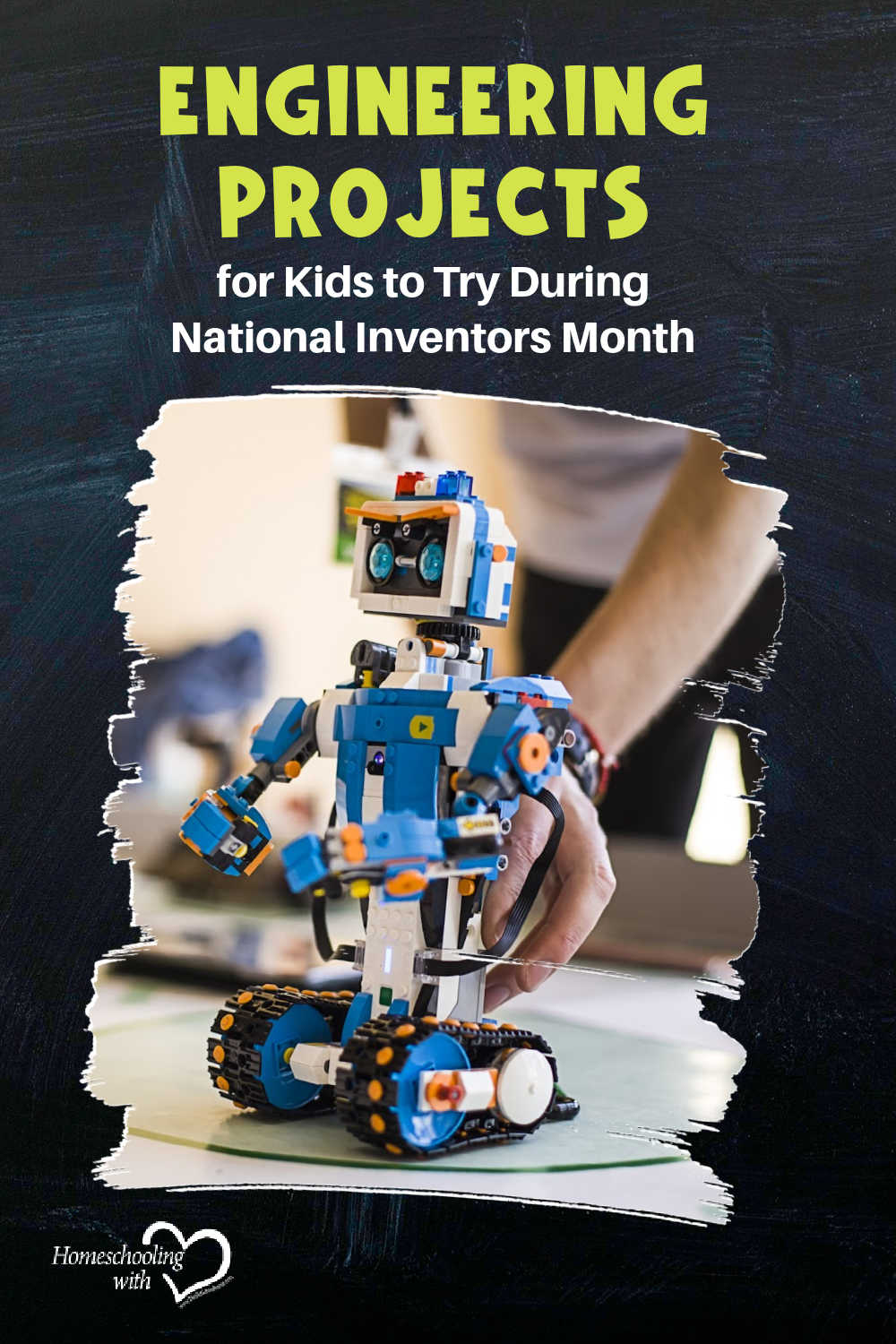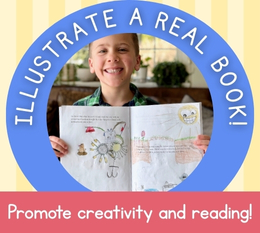Engineering Projects for Kids to Try During National Inventors Month


When considering engineering products for kids we first need to take a step back into history. From Archimedes to Thomas Edison, few names are as prominent in our history as inventors. An incredible engineer of his time, Archimedes invented the pulley, the catapult, and the cog. We also will never forget his infamous “Eureka” moment when he supposedly ran through the streets in his birthday suit when the proverbial lightbulb went off. Fast forward several centuries when the first literal lightbulb shone for Thomas Edison, causing his name to go down in history. Also credited to his name are thousands of useful inventions such as the movie camera, the microphone, and alkaline batteries. What makes an inventor stand out from the rest? Children’s books and movies are filled with awkward inventors stuck in a basement with crazy hair and wacky ideas, but the truth is, there are men and women inventing innovative products all of the time. Men and women that are normal, everyday people. You never know, your spouse might create a patent on a product that they develop in their shop or your child may invent a cure to a disease that has plagued humankind for generations. The mind is a powerful tool, and since man was created in the image of God, the uses of this tool are endless. If your child has a desire for breaking apart toys or electronics just to see how they work, he is not strange; he simply has a scientific mind. Nurture it. Encourage his creativity. Give him room to explore, grow, and be challenged.
Try these engineering projects for kids this May as we celebrate National Inventors Month.
Water Balloon Parachutes: The wheels will begin turning as you present your children with the challenge to create a parachute for water balloons with the sole purpose of making sure the balloons do not pop. Fill up several balloons, the more water in the balloon the more difficult this challenge will be. Let your children use their creativity as they choose what they will make their parachute out of. Think lightweight. From a plastic bag to a disposable tablecloth, your children can find something around the house to make what they think will work best. Using string or yarn, attach the parachute to the knot of the tied balloon. Find a high place to drop the balloon such as a treehouse, ladder, or deck. Continue your experiment with different types of parachutes and different size balloons and mark your findings.
Create a Rainstick Instrument: This activity is for older students or may be created with younger children with adult help. You will need a large cardboard tube or several small ones attached together. You will also need about 40 small drywall nails for every 12 inches of tube. Additional materials include two index cards, a permanent marker, masking tape, and two cups of rice or dried beans. To make your rainstick, take your permanent marker and make dots half an inch apart along the spiral seam on the cardboard roll. Poke a nail into each dot (make sure the nails do not go through the other side). Once the nails are in, cover with masking tape to hold them in place. Using the index cards, cut two circles slightly larger than the end of the tubes. Tape one end of the tube shut with the index cards and masking tape. Add in the rice or beans and tape the other end shut. Now you may enjoy the sound of rain as the rice or beans gently go down the tube, hitting the nails along the way. Use rice for a softer sound or beans for a louder sound.
Lego Bridge Challenge: Using poster board, create a river for your kids to make a bridge over. Using an assortment of different sizes of bricks, let your children have a challenge to see if they can create a bridge to go over the water that can also hold the most weight. Each child can make their own bridge, and when they are done, they can craft boats to go under the bridge and houses to surround the water. The main focus should remain on the bridge, how it is constructed, and how much weight it can hold.
Create a Paper Roller Coaster: Using several different colors of construction paper, ask your children to create their own paper roller coasters with this engineering project for kids. All you will need for this activity is some cardboard for the base, a few sheets of construction paper, tape, a ruler, scissors, and marbles. Using the paper, your children can make slides, loops, and twists and turns for the marbles.
















































